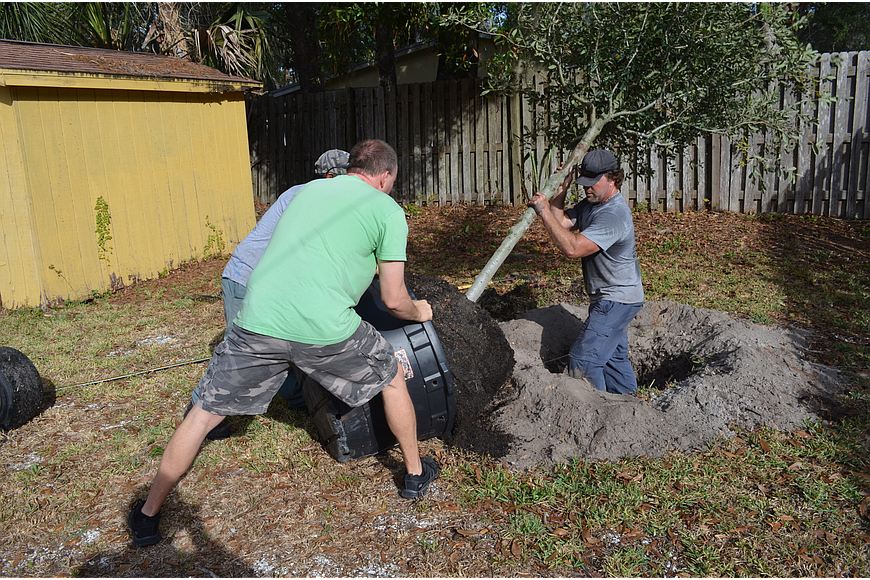- July 26, 2024
-
-
Loading

Loading

On Monday, several leading figures from Sarasota’s development and design community attended a City Commission meeting to say the tree ordinance in place is too onerous — and a new regulation the city was considering would be even worse.
For nearly two years, the city has worked with residents concerned that an increase in development has lead to the removal of valuable parts of the urban tree canopy. The commission approved a series of stronger regulations last year, changes that have become a source of frustration for builders and planners.
There was a long list of complaints at Monday’s meeting. The city was taking a myopic approach, focusing too much on individual trees and not enough on how to create a well planned canopy, architect Michael Halflants said. The regulations often fail to draw a distinction between valuable trees and trees of poor quality, said Steve Ellis, owner of custom home company My Green Buildings.
Members of the Manatee-Sarasota Building Industry Association said the regulations discouraged new projects and hurt homeowners’ property values. And Christine Robinson, executive director of the Argus Foundation, told the commission to take stock of the volume of issues that were brought up Monday.
“How did this get to this point, and why do you have so many people in the room here today?” Robinson said.
The commission decided the city should take the time to thoroughly consider those questions. The board rejected the most controversial proposal under consideration Monday, which would require developers to mitigate any removed trees inch-for-inch, based on diameter at breast height.
It also voted unanimously to begin the process of creating a citizen-led advisory board to deal with tree-related issues, with the goal of devising new regulations that are less controversial.
Arlington Park resident Nathan Wilson has been a leading advocate for a stronger tree protection ordinance, and he was pleased with the outcome of Monday’s meeting. The city did approve one new regulation, which allows building to plant trees on private property within a neighborhood — if there are any volunteers — to mitigate for the impact of their project.
Wilson also saw the presence of the development community as a good thing, even if they were upset about regulations. As the city has approved previous changes to the tree ordinance, there were few voices from builders sharing their thoughts.
Wilson hopes that now, with an advisory board coming together, both sides will be able to work collaboratively toward a solution.
“I’m not a builder; I don’t know the problems they’re having,” Wilson said. “I just know the problems I’m having. I think it’s great if we all get together and work it out.”
In other action at Monday’s commission meeting: